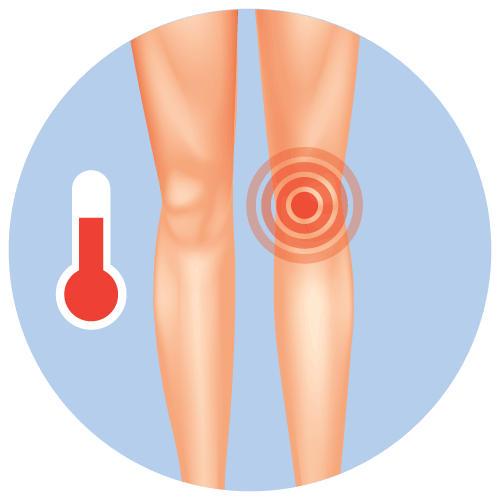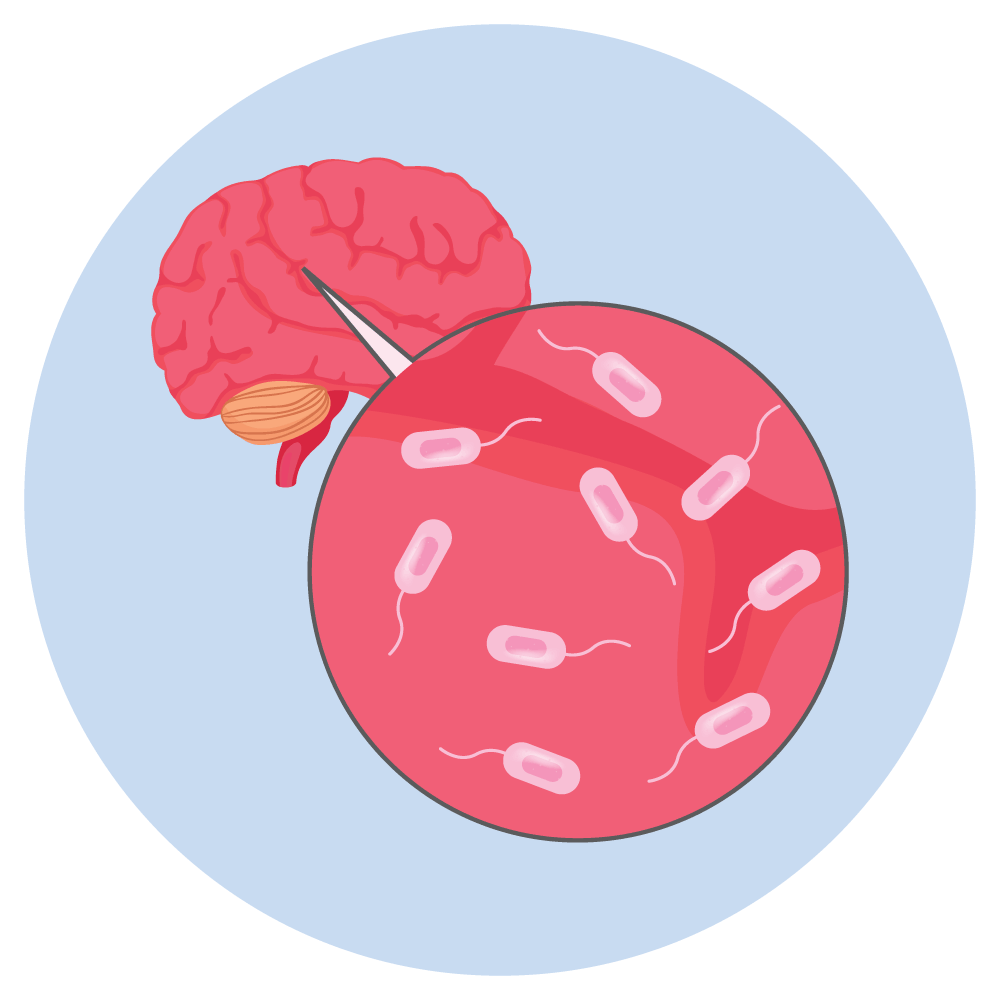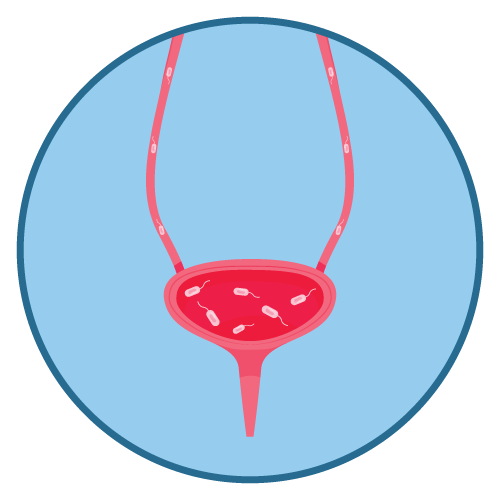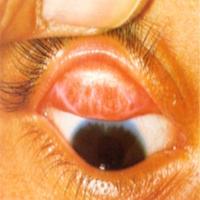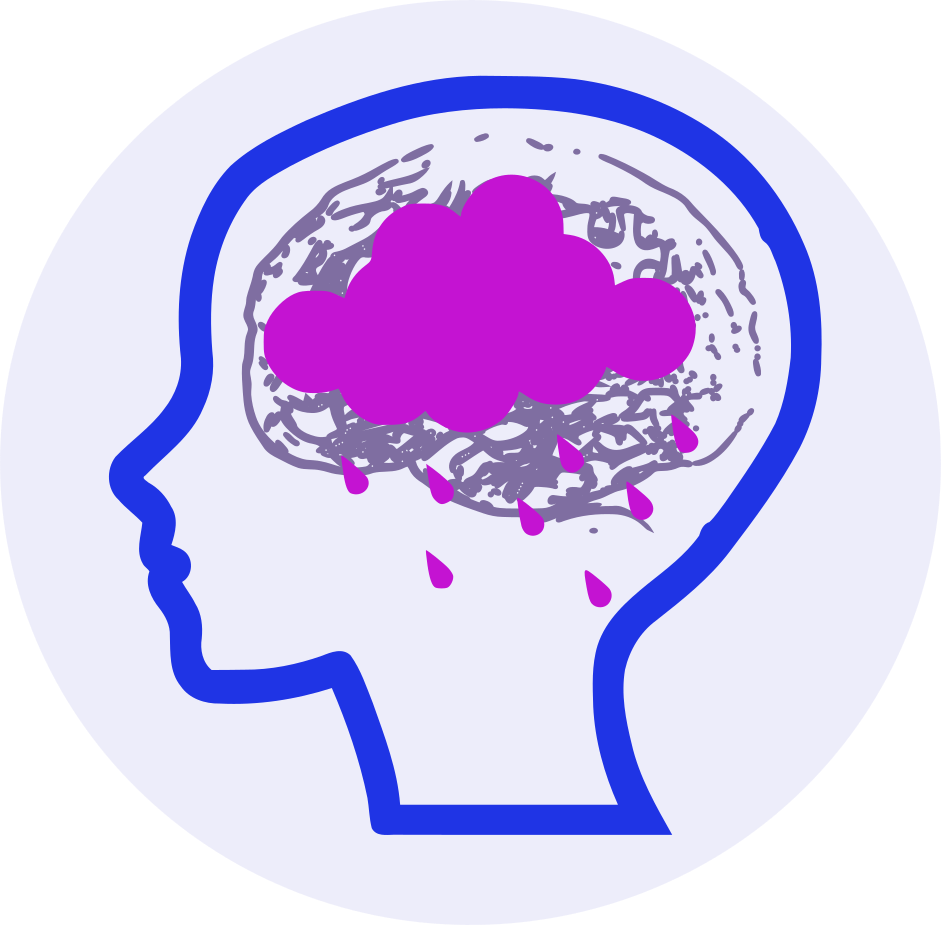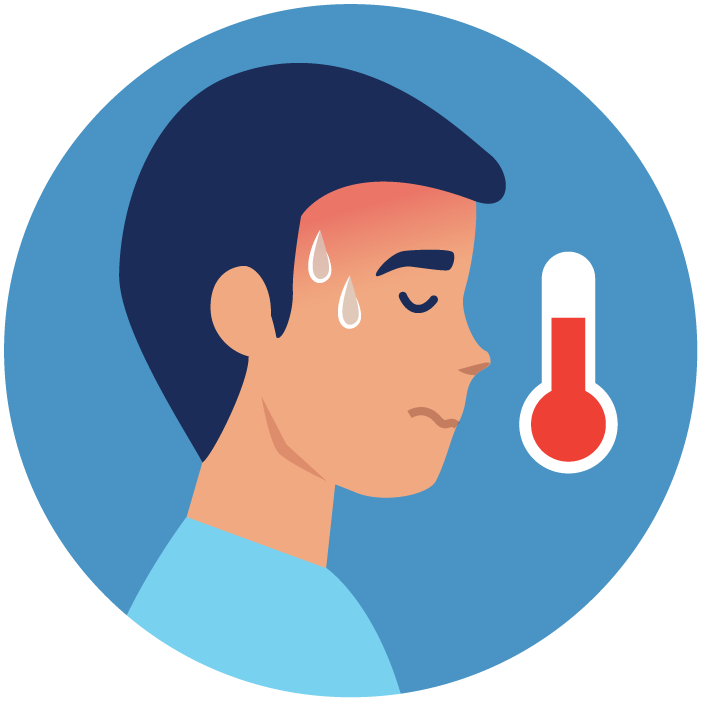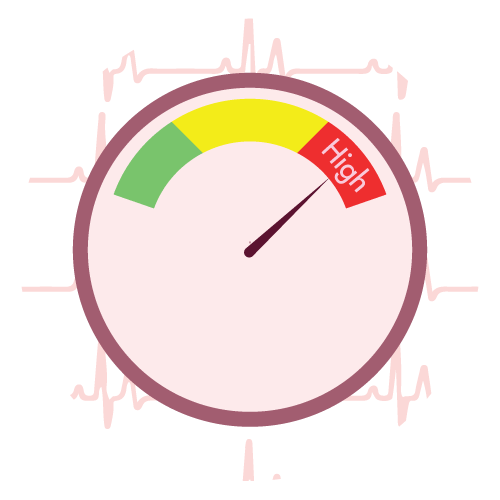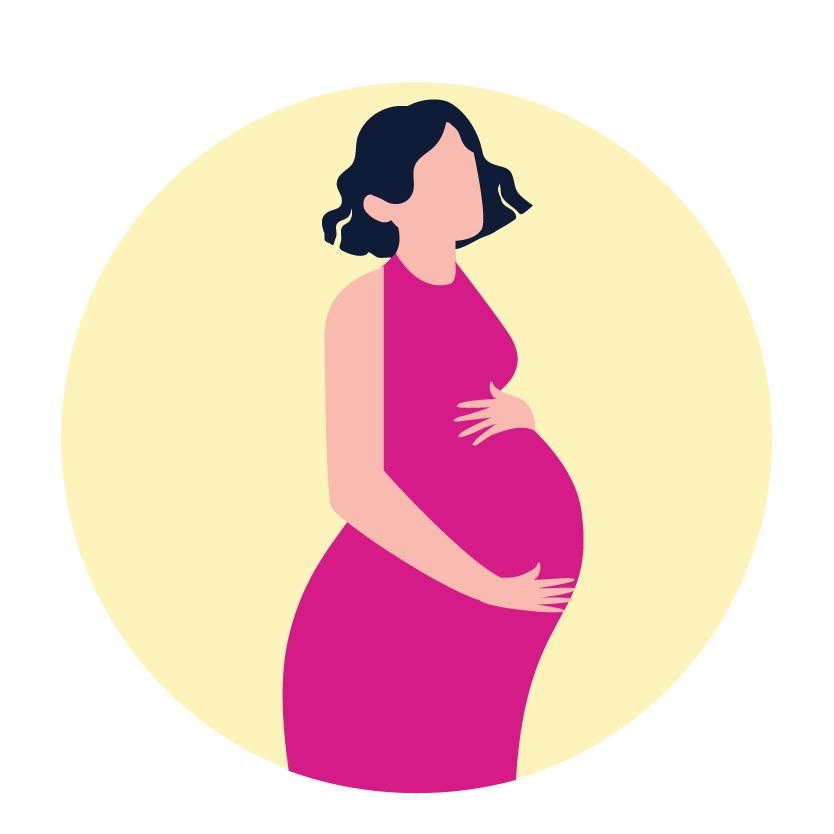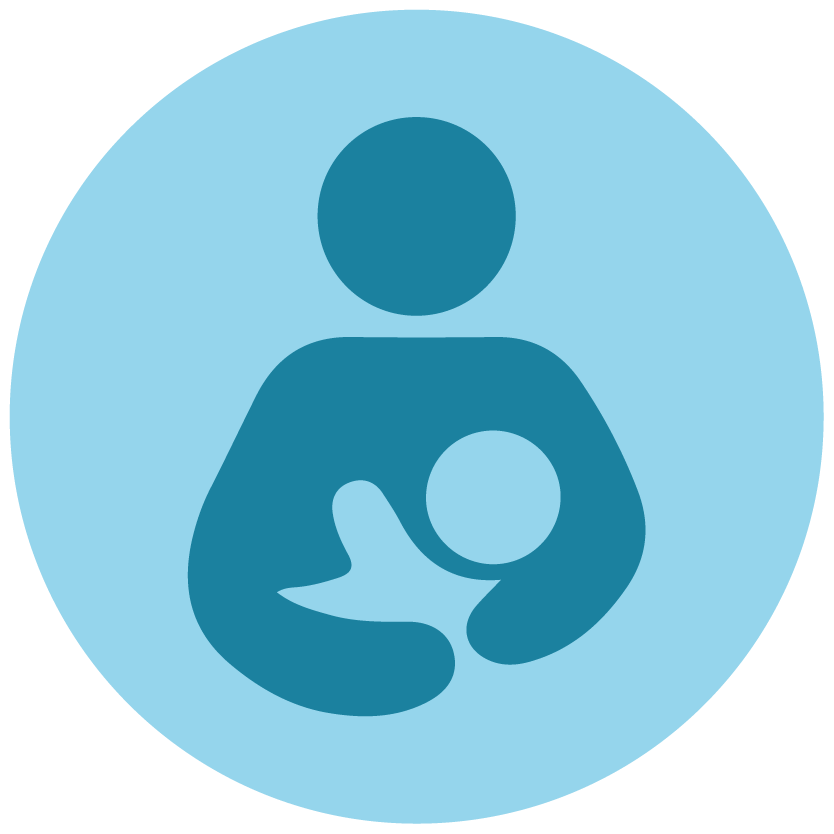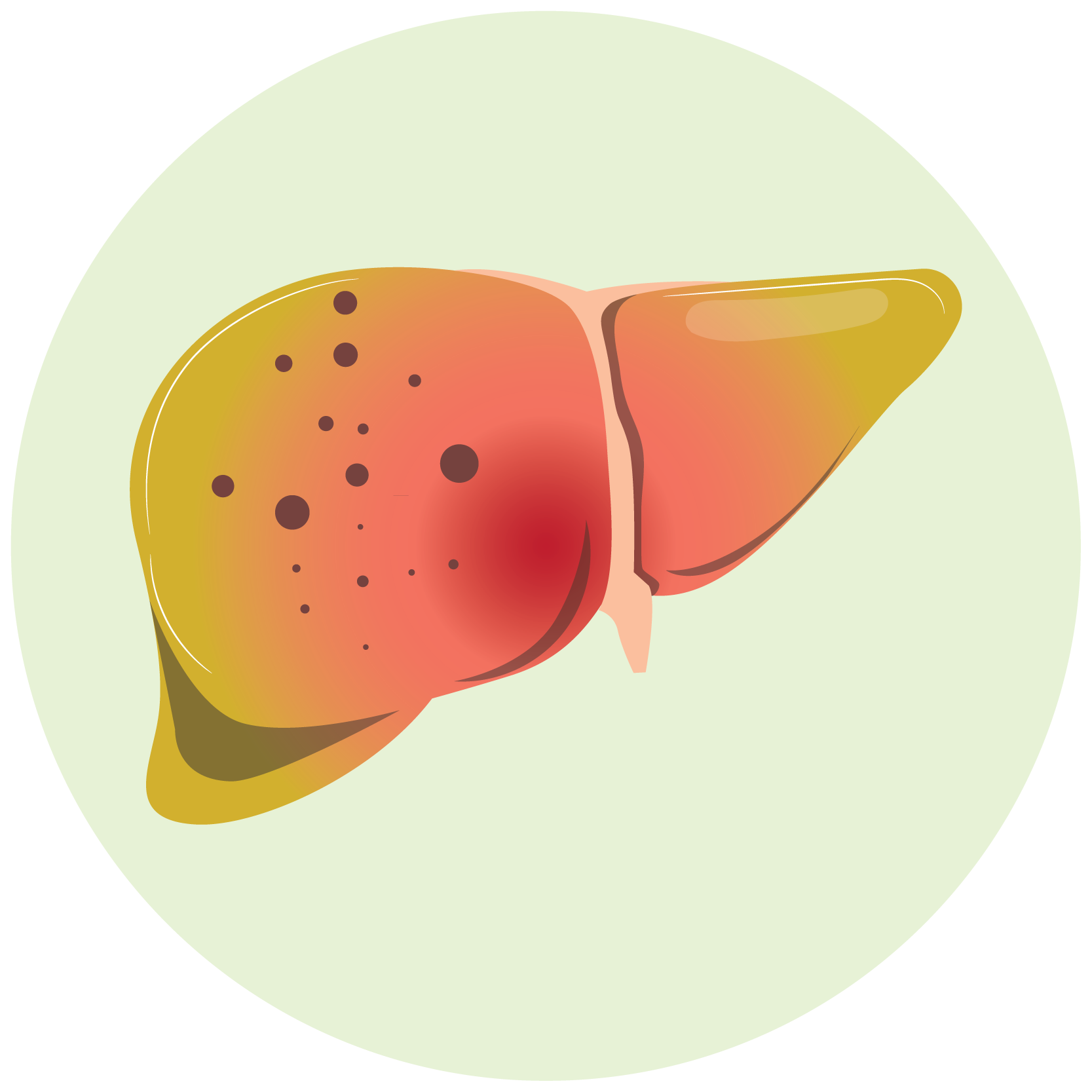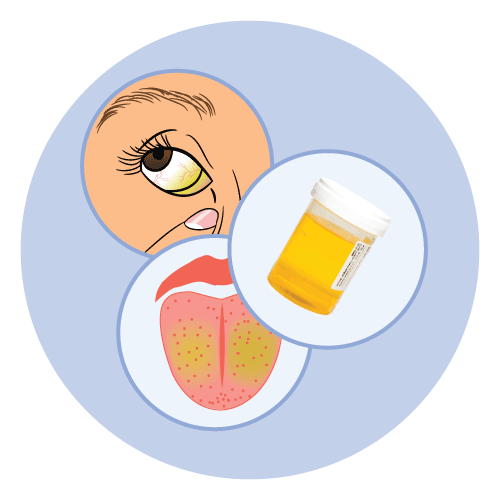| Name | Sulfadiazine |
| Classes |
Antiinfective Agent Antibiotic Dermatological/Topical Agent Topical Antiinfective Agent |
| Diseases |
Chancroid Conjunctivitis Infectious Disease Meningitis Otitis Rheumatic Fever Toxoplasmosis Trachoma UTI (Urinary Tract Infection) |
Sulfadiazine
Sulfadiazine is a sulfonamide antibiotic. It is a competitive inhibitor of the bacterial enzyme dihydropteroate synthetase.
It is used for the treatment of-
- Rheumatic fever
- Meningococcal meningitis
- urinary tract infections
- trachoma
- chancroid
- Adults and elderly
The initial dose is usually 2-4 grams followed by a maintenance dose of up to 4 grams daily in divided doses for a maximum of seven days. Dosage reduction may be necessary in renal impairment. - Children
Initially 75mg/kg, followed by a maintenance dose of 150 mg/kg daily in divided doses. Maximum of 6 grams daily.
Side effects associated with sulfadiazine include-
- Depression
- Psychosis
- Hallucinations
- Fever
- Rashes
- Hypertension
- Nausea
- Anorexia
- Vomiting
- Diarrhea
- Caution is advised in the elderly, those with renal or hepatic impairment, and those who have jaundice. In people who are predisposed to folate insufficiency, use with caution. Sulfonamides block folic acid absorption and metabolism, resulting in folic acid deficiency that can lead to serious blood diseases (e.g., macrocytosis and pancytopenia). This can be corrected by taking folic acid or folinic acid (leucovorin). Acute immune deficiency syndrome, lupus erythematosus, glucose-6-phosphate dehydrogenase deficiency, or a history of allergies or asthma make reactions more likely. Acute immune deficiency syndrome, lupus erythematosus, glucose-6-phosphate dehydrogenase deficiency, or a history of allergies or asthma make reactions more likely.
- Cutaneous reactions that are life-threatening Sulfadiazine has been linked to Stevens-Johnson syndrome (SJS) and toxic epidermal necrolysis (TEN). Patients should be informed about the signs and symptoms, and skin reactions should be regularly monitored. SJS or TEN is most likely to occur within the first several weeks of treatment. Sulfadiazine medication should be stopped if symptoms or signs of SJS or TEN (e.g., progressive skin rash with blisters or mucosal lesions) are observed. Early diagnosis and rapid cessation of any suspect medicine yield the greatest results in the treatment of SJS and TEN. A better prognosis is linked to early withdrawal. Sulfadiazine should not be restarted in any patient who has had SJS or TEN as a result of using the drug.
- Discontinue sulfadiazine treatment immediately if blood disorders develop. Urinalyses with microscopic examination may be required prior to and periodically during treatment to detect crystalluria and/or urinary calculi formation in patients on long-term or high dose therapy and in patients with impaired renal function. To reduce the risk of crystalluria, fluid intake should be high (5-6 pints in 24 hours), to maintain a high urine output (minimum of 1200mL daily). If necessary, the urine may be rendered alkaline to prevent crystallization of acetyl Sulfadiazine.
Contraindication
Sulfadiazine is contraindicated in patients hypersensitive to the medicine itself or other sulphonamides such as-
There's no known contraindications of the drug in terms of food and drinks.
Contraindicated in-
- Pregnancy
- Lactation
- Blood and lymphatic system disorders
- Nutritional disorders
- Severe renal or hepatic failure.
- Acute porphyria.
- Jaundice or blood disorders.
- Neonates
 Bangla
Bangla English
English